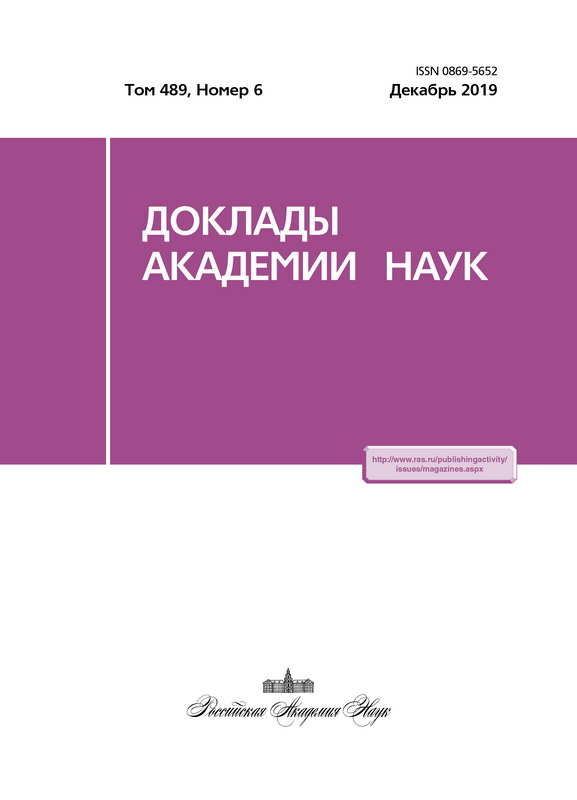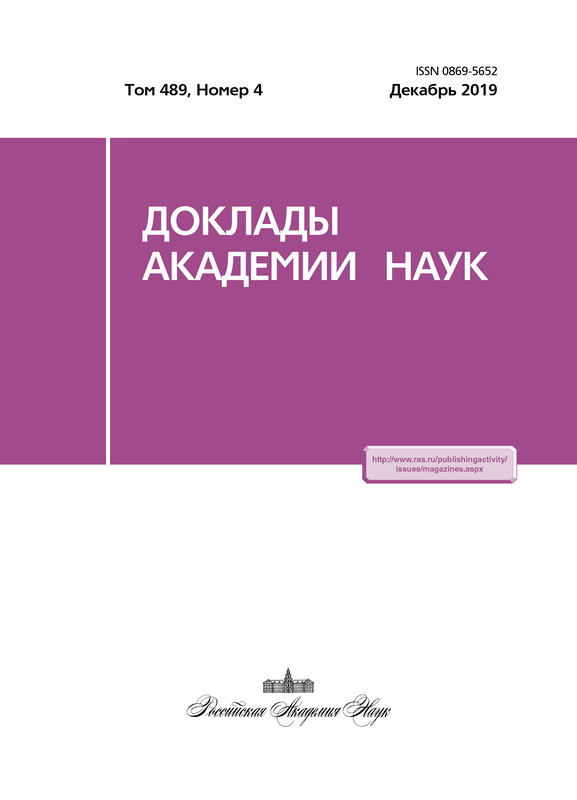Методика построения карт цунамиопасности и её реализация для Дальневосточного побережья Российской Федерации
- Авторы: Шокин Ю.И.1, Гусяков В.К.2, Кихтенко В.А.1, Чубаров Л.Б.1
-
Учреждения:
- Институт вычислительных технологий Сибирского отделения Российской академии наук
- Институт вычислительной математики и математической геофизики Сибирского отделения Российской академии наук
- Выпуск: Том 489, № 4 (2019)
- Страницы: 419-423
- Раздел: Океанология
- URL: https://journals.eco-vector.com/0869-5652/article/view/18701
- DOI: https://doi.org/10.31857/S0869-56524894419-423
- ID: 18701
Цитировать
Аннотация
Созданы обзорные карты цунамиопасности Дальневосточного побережья России. Обсуждаются методологические основы подхода, основанного на методике РТНА (Probabilistic Tsunami Hazard Assessment), а также проблемы построения сейсмотектонических моделей основных цунамигенных зон, численные методики получения расчётных каталогов высот волн на побережье и некоторые проблемы применения методики РТНА, связанные как с недостаточностью данных наблюдений, так и со сложностью выполнения большого объёма сценарного численного моделирования. Приведены примеры обзорных карт цунамиопасности для различных повторяемостей, представленные в приложении WTMap.
Об авторах
Ю. И. Шокин
Институт вычислительных технологий Сибирского отделения Российской академии наук
Email: chubarov@ict.nsc.ru
Академик РАН
Россия, 630090, г. Новосибирск, пр-т Академика Лаврентьева, 6В. К. Гусяков
Институт вычислительной математики и математической геофизики Сибирского отделения Российской академии наук
Email: chubarov@ict.nsc.ru
Россия, 630090, г. Новосибирск, проспект Академика Лаврентьева, 6
В. А. Кихтенко
Институт вычислительных технологий Сибирского отделения Российской академии наук
Email: chubarov@ict.nsc.ru
Россия, 630090, г. Новосибирск, пр-т Академика Лаврентьева, 6
Л. Б. Чубаров
Институт вычислительных технологий Сибирского отделения Российской академии наук
Автор, ответственный за переписку.
Email: chubarov@ict.nsc.ru
Россия, 630090, г. Новосибирск, пр-т Академика Лаврентьева, 6
Список литературы
- Power W., Downes G. Tsunami Hazard Assessment. Volcanic and Tectonic Hazard Assessment for Nuclear Facilities / C. Connor. N. Chapman, L. Connor (Eds). Cambridge Univ. Press, 2009. P. 276-306. doi: 10.1017/CBO9780511635380.012.
- Knighton J., Bastidas L. A Proposed Probabilistic Seismic Tsunami Hazard Analysis Methodology // Nat. Hazards. 2015. V. 78. P. 699-723. doi: 10.1007/s11069-015-1741-7.
- Grezio A., Babeyko A., Baptista M.A., et al. Probabilistic Tsunami Hazard Analysis: Multiple Sources and Global Applications // Rev. of Geophysics. 2017. V. 55. P. 1158-1198. doi: 10.1002/2017RG000579.
- Гусяков В.К. Цунами на Дальневосточном побережье России: историческая перспектива и современная проблематика // Геология и геофизика. 2016. № 9. С. 1601-1615. doi: 10.15372/GiG20160901.
- Shokin Yu.I, Babailov V.V., Beisel S.A., et al. Mathematical Modeling in Application to Regional Tsunami Warning Systems Operations // Comput. Sci. and High Perform. Computing III: Notes on Numerical Fluid Mechanics and Multidisciplinary Design / E. Krause, Yu.I. Shokin, M. Resch, N. Shokina (Eds). V. 101. B.: Heidelberg: Springer-Verlag, 2008. P. 52-68. doi: 10.1007/978-3-540-69010-8_6.
- MacCormack R.W. The Effect of Viscosity in Hypervelocity Impact Cratering // J. Spacecraft and Rockets. 2003. V. 40. № 5. P. 757-763. doi: 10.2514/2.6901.
- Okada Y. Surface Deformation due to Shear and Tensile Faults in a Half Space // Bulletin of the Seismological Society of America. January 1992. № 82 (2). Р. 1018-1040. doi: 10.1016/0148-9062(86)90674-1.
- Лобковский Л.И., Сорохтин О.Г. Деформация литосферных плит в зонах поддвига // Океанология. Геофизика океана. Т. 2. Геодинамика. М.: Наука, 1979. C. 194-203.
- HTDB/WLD (Historical Tsunami Database for the World Ocean), 2000 ВС to Present, Tsunami Laboratory, ICMMG SB RAS, Novosibirsk, 2018. http://tsun.sscc.ru/nh/tsunami.php
- Интегрированная информационная система конструирования обзорных карт цунамирайонирования побережий с использованием исторических и расчетных данных / В.А. Кихтенко, В.К. Гусяков, Л.Б. Чубаров. Свидетельство о гос. регистрации программы для ЭВМ 2017618398. 2017. https://wtmap.dokku.lesemc.nsc.ru/
Дополнительные файлы







